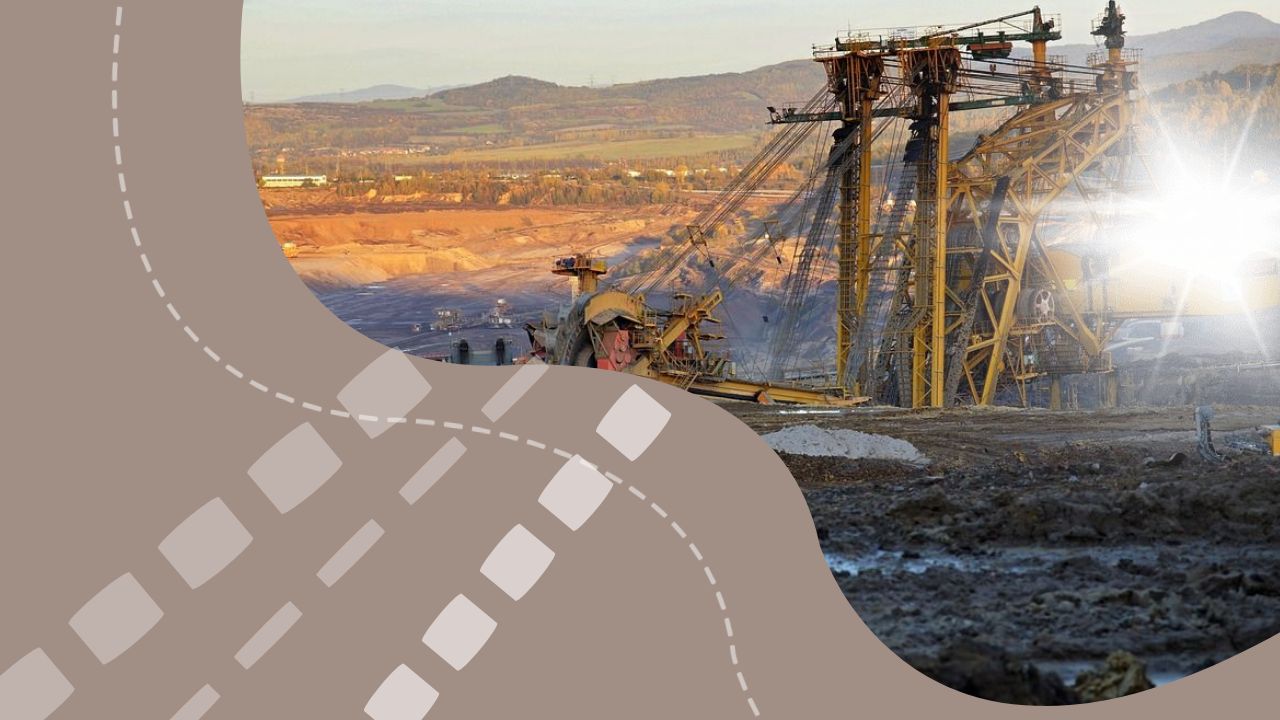The Ministry of Industry and Construction has developed a Comprehensive Plan for the Development of the Rare and Rare Earth Metals Industry of the Republic of Kazakhstan for 2024–2028, Zakon.kz reports .
The comprehensive plan provides for the expansion of the resource base and the introduction of technologies for the complex extraction of rare metals, the modernization of existing production facilities, the development of standards regulating the industry and the lifting of the secrecy regime for certain metals.
Rare and rare earth metals are critical raw materials in demand by leading sectors of the world economy. They are necessary for the transition to green energy, the development of digital technologies, defense, aerospace, medical and other high-tech areas.
The document includes non-ferrous metals as rare and rare-earth metals, with the exception of rare radioactive metals:
- rare refractory metals (zirconium, hafnium, vanadium, niobium, tantalum, molybdenum, tungsten, titanium), rare light metals (lithium, rubidium, cesium, beryllium), rare trace metals (gallium, indium, thallium, germanium, hafnium, selenium, tellurium, rhenium);
- rare earth metals (scandium, yttrium, lanthanum and lanthanides).
The existing problems of the industry are:
- deterioration of main capacities;
- lack of access to secret information of existing fields;
- lack of access to critical extraction and processing technologies;
- low level of assessment and commercial exploitation of solid mineral waste;
- outdated industry regulations related to pricing and standards.
The document contains an analysis of limiting factors and necessary initiatives for the effective development of the industry in the following areas:
- Modernization and expansion of existing facilities, development of production of new types of products;
- Increasing the resource base, including by attracting investment for the commercial exploitation of deposits, including the processing of technogenic mineral formations;
- Reform of the regulatory framework for the industry.
Main goals of the Comprehensive Plan:
- expansion of the resource base and introduction of technologies for the complex extraction of rare and rare earth metals;
- modernization of existing production facilities, mastering the production of new types of RM and REM, as well as products made from them and their alloys;
- development of standards regulating the industry;
- lifting the secrecy regime for certain types of RM and REM.
The document notes that the country has the opportunity to involve in the development of at least 10 deposits of RM and REM. To provide the industry with raw materials, it is necessary to attract investment in the exploration of deposits, in the extraction and enrichment of the most promising types of rare and rare earth metals at deposits and industry facilities.
It also talks about the advisability of introducing a mandatory requirement for all subsoil users to assess the content of rare and rare earth metals at deposits and facilities.
The document also indicates the need to attract investment in the modernization of existing and creation of new production facilities, encouraging businesses to comprehensively process their own waste to extract RM and REM, systemic support for research organizations that deal with the problems of ore enrichment and processing, from the research stage to commercialization and scaling the results of scientific work.
It is planned to introduce at least 3 national standards in the field of RM and REM, to remove rare and rare earth metals from the list of information classified as state secrets.
Financing of the Comprehensive Plan will be carried out from the state budget, as well as other sources not prohibited by the legislation of the republic. The planned cost of implementing the project is 11.79 billion tenge.
The document is posted on the Open Legal Regulations website for public discussion until November 13.
The domestic production of rare and rare earth metals is represented by several enterprises. Among them: Ulba Metallurgical Plant JSC, Ust-Kamenogorsk Titanium-Magnesium Plant JSC, RSE Zhezkazganredmet, Kazzinc LLP, Kazakhmys Smelting LLP, Kazakhmys Progress LLP, Aluminum of Kazakhstan JSC.
At the end of 2022, the production of RM and REM in Kazakhstan amounted to 134.3 billion tenge. The industry’s share in the manufacturing industry of the Republic of Kazakhstan is 0.6%, in metallurgy – 1.5%.
The main problem of the industry is its dependence on imported raw materials.

